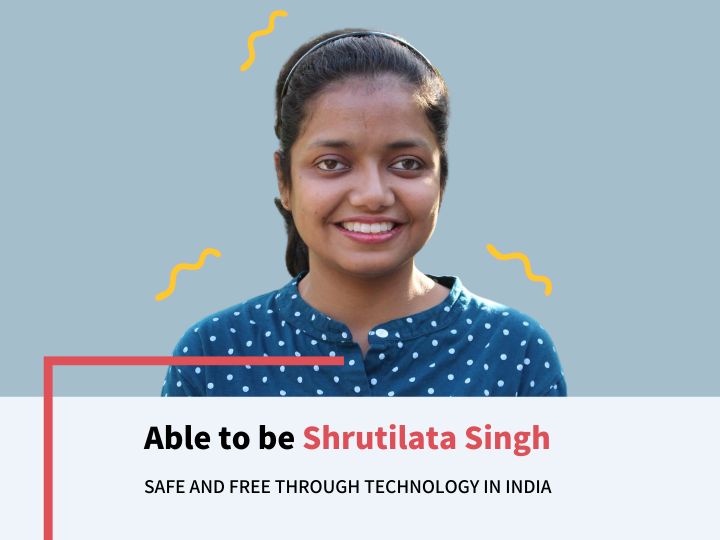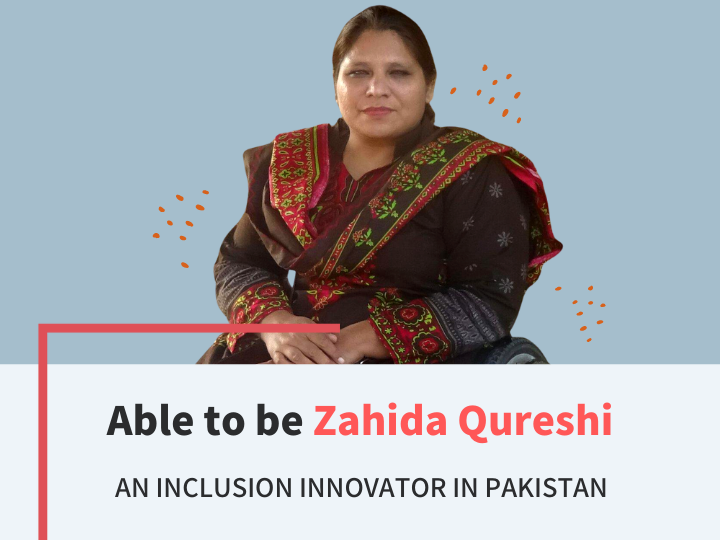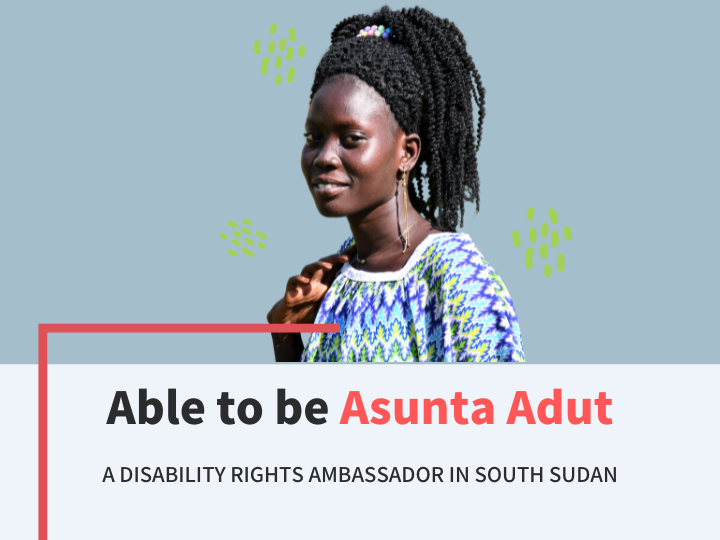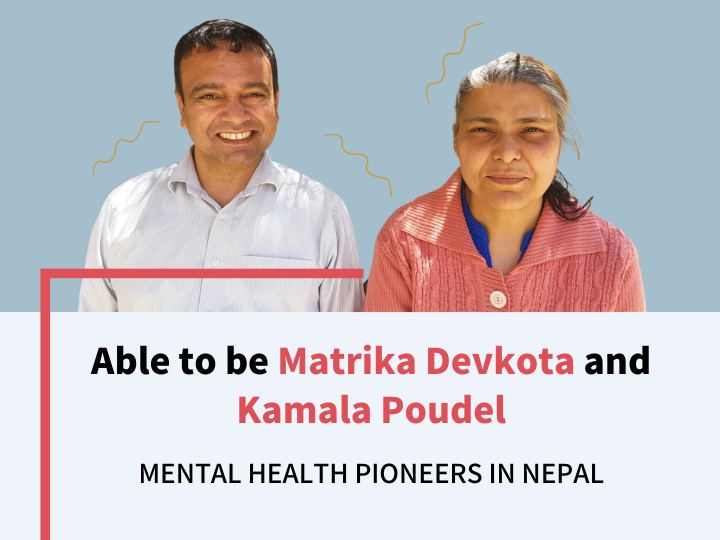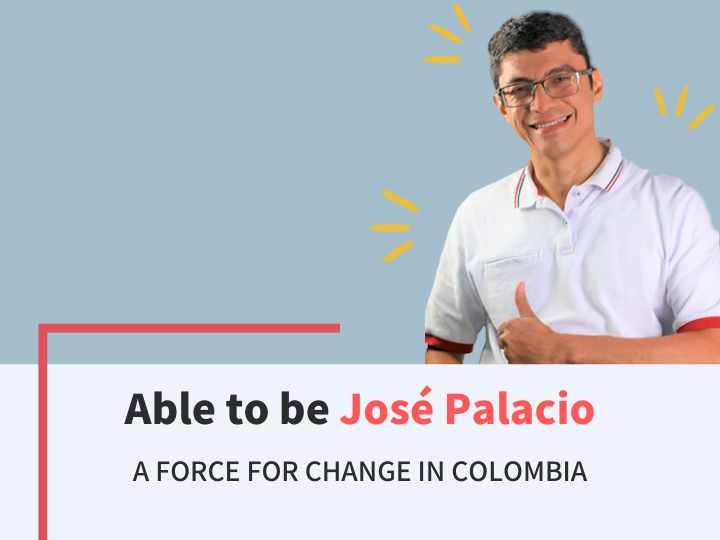What makes you able to be you?
“Able To Be” is our international communication campaign focusing on how people with different disabilities are defending human rights and changing their countries and communities for the better. It will run through our social media channels from 27 April - 11 May.
Did you know that 15% of the world's population live with a disability? If you have a disability, you will find that physical barriers, a lack of good healthcare or negative attitudes can block your path to things that others take for granted.
Our campaign will highlight the life stories of local human rights defenders Shrutilata Singh (India), Zahida Qureshi (Pakistan), Asunta Adut (South Sudan), Matrika Devkota & Kamala Poudel (Nepal) and José Palacio (Colombia).
Together with them, their organisations, and our editorial reference group of people with professional and lived experience, we want to show our audiences worldwide what disability rights really mean in practice, and how crucial the people who defend them are in creating a more diverse and inclusive world.
We encourage you to increase our campaign visibility on social media by using our #AbleToBe Media Toolkit below.
The stories
Able to be equal and free: 9 facts about disability rights worldwide
We all want to feel able to be ourselves and to be included alongside everyone else. But for the world’s 1.2 billion people with a disability, the door to freedom is often slammed shut.
If you have a disability, you’ll probably find that physical barriers, a lack of good healthcare or negative attitudes can block your path to things that other people take for granted. For example, going to school, getting a job, and just living your life with respect for your basic human rights - especially if you’re female and living in poverty.
Here are 9 facts about people with disabilities worldwide:
- You are much more likely to be disabled if you live in poverty.
- 4 in 5 people with a disability live in less economically developed countries.
- Almost half of people with a disability have to survive on less than USD$1.90 a day.
- Women are at a higher risk than men of becoming disabled. That’s because they are more often denied good health care, and more likely to suffer violence and bad working conditions.
- Around 240 million children have disabilities worldwide.
- Children with disabilities are less likely to attend school than other children.
- 9 in 10 children with disabilities in developing countries don’t attend school.
- People with disabilities have the same human rights as all other human beings, as outlined in the UN Charter and in the Universal Declaration of Human Rights.
- These rights were strengthened through the 2006 UN Convention of Rights of Persons with Disabilities (CRPD), which 184 countries have so far signed up to.
Source: The Atlas Alliance
Our work for disability rights
The NHRF supports several grassroots disability rights organisations in remote communities in Indonesia, Pakistan and Colombia. We always work in close partnership with people with disabilities who are raising awareness of their rights, and improving their own local living conditions.
Among our current collaborations are an inclusion campaign in Punjab, Pakistan; securing identity documents so indigenous people in Sulawesi, Indonesia, can better access public services; and supporting a coalition pushing for more inclusive public policies in the coastal city of Barranquilla, Colombia.

